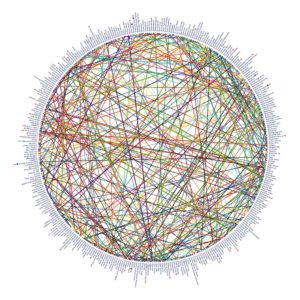Time Horizons
TIME HORIZONS
What is time? It is difficult to give a univocal definition. Yet philosophy has never stopped talking about time and juxtaposing time with space, thinking of the former as an interior dimension and the latter as an exterior one. Then there is objective and subjective time. So therefore, what is time? Does it exist? If I wonder how to visualise it, I see in my mind a flowing river, with no beginning or end, a never ending flow. I think of circular or spiralling movements. And what if the initial question were different? To understand the truth about time, the right question is perhaps not so much what is time, as what is the sense of time and what does a direction of time generate in ourselves. Is it possible to see a horizon? For Plato, time is “a moving image of eternity” which “advances according to number”. Art has a connection with time and shares two dimensions therewith: one temporal and the other timeless. Time in art is also the time of everyday, of the vital flow which marks our breathing. The time of the here and now. It reflects the permanent present, yet looks to the horizon, because it aspires to the infinite, to eternity. Thus the linguistic codes, the communication devices may vary, they may reflect an anthropological and ontological vision of time. The style of art as suggested by Kubler, is like a rainbow, a phenomenon of perception, subject to the coinciding of certain physical conditions, and therefore, the duty of aesthetics is to exalt time, because, otherwise, the idea of this sensation of emptiness fruit of our inability to grasp those things which do not last, would destroy us. We may hypothesize a new landscape on the horizon of which resides the only reality of time that we can know, in other words our imagination of time, which is anyway in relation with how we conceive space.
All art is the representation of time. It gives a linear vision to what is reflected by the synchronicity and simultaneousness of our conscience, up to the so-called virtual or augmented reality, which invites one to experience new dimensions of space and time.
To think about time and its horizons in reference to art, means to ignore the psychological distance which separates creators from their work, it implies measuring oneself with the ultimate substance of ever-changing things, with the fleetingness of existence, with the need for action and purpose, which appear to us in one moment and not in another. This is a process where the measure of being human may be found, human beings who do not know the true face of time, because they are totally and with all their being in their nature. Being is in time and it is time.
Stefania Carrozzini
Milan, 9th March 2018

